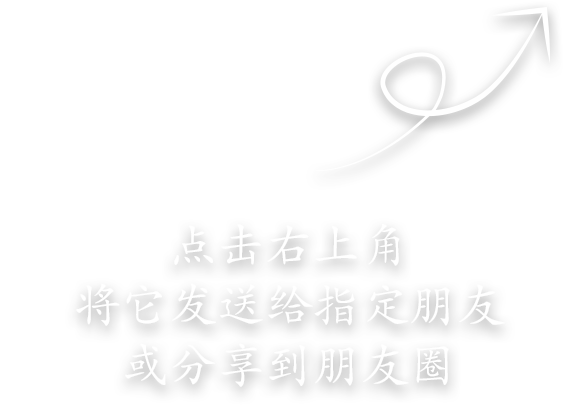-
Mobile Version
Scan with Mobile
- Member Center
 215
215
Advanced materials manufacturing, led by additive manufacturing, is being defined as a national strategic direction for the next 10-30 years by various scientific groups led by China, the United States and the European Union.Especially for military aerospace, additive manufacturing of advanced ceramic materials can not only greatly shorten the research and development cycle, provide samples for various experiments quickly, but also provide urgently needed tools under special conditions.Back in late 2014, NASA tested a printed spanner on the international space station.Although advanced manufacturing technologies in the military and aerospace sectors tend to be cost-neutral, their push for general-purpose technologies will soon be felt in the civilian market.
The advantage of additive manufacturing over the traditional processing methods (wood reduction, splicing technology, etc.) is that it can quickly generate a small number of customized special geometric configurations.At present, additive manufacturing is mainly used in the medical and entertainment industries for a variety of reasons, including cost and profit.Many hospitals and medical institutions, such as the Cleveland clinic, the Mayo clinic, the royal hospital of London, Shanghai renai hospital, and the union hospital affiliated to the tongji medical college of huazhong university of science and technology, have widely tried to use printed prostheses or supporting medical devices in clinical practice.
In a recent pneumonia outbreak caused by a novel coronavirus in Italy, doctors at a local hospital in chiari worked with a manufacturer of 3D printers to quickly reverse engineer the supply of suction valves that hospitals could use in patients in a matter of hours.While each country has dramatically reduced the legal risk to doctors in such emergencies when they do something out of order, in the wake of the outbreak, we must carefully examine the patent violations associated with rapid manufacturing and reverse engineering based on 3D printing.In addition, it is urgent for the industry and legal experts to jointly explore how to systematically and normatively incorporate additive products into the medical device industry standards.
The trial of additive manufacturing in Italy also shows its weakness, as only high-precision special printers can produce accessories that meet clinical needs.In additive manufacturing, the accuracy of products and the speed of printing have always been in conflict with each other.When the printing accuracy increases, the printing speed is bound to be slowed down.There are many ideas to reduce this contradiction. For example, ***ive laser melting technology can produce metal devices with high accuracy faster than laser sintering technology, but the ***ion of laser melting technology relies on special metal powder.The quality of metal powder, such as average particle size, particle size distribution, purity, surface oxidation state, metal crystal shape and other relevant conditions have a very important impact on the quality of printing.In addition, the wavelength, strength, precision and other parameters of the optical devices used, as well as the pre-processing and post-processing of the printing speed and many other conditions will play a decisive role in the printing quality.Similarly, the printing of plastics, ceramics and composites is inseparable from the knowledge accumulation of many disciplines such as basic chemistry, materials science, optics and precision instruments.
In the field of microscale rapid additive manufacturing, scientists in Catalonia, Spain developed a rapid additive manufacturing method with electrostatic control of electrospinning deposition.Ordinary electrostatic spinning technology USES high voltage electric field to conduct traction spinning on polymer solution, and the result is usually a random or one-way non-woven cloth, and the height direction is often unable to be controlled in an orderly way. However, this method can accurately control the deposition of a single nanofiber on the same path by using an external electrostatic force.Therefore, it can be considered that they have controlled the accuracy of 3D printing to the accuracy of nanometer, and the speed can reach 0.5m/s in the plane and 0.4mm/s in the vertical direction.This printing technology can be combined with hollow electrostatic spinning, liquid crystal spinning, stem cell printing and other technologies in the future, so as to generate many applications such as ion/gas exchange, solid-liquid/liquid-liquid separation, drug slow release, tissue recovery, directional delivery/collection and so on.
In actual production, additive products are often not directly used for application, a certain post-processing is often necessary.Simple post-processing such as trimming, surface grinding/polishing, and crack/gap detection is common.More complex processes such as heat treatment of metal and plastic parts to release their internal stress and change the crystal shape, the drilling of plastic parts or the matching bonding with metal parts are often necessary.However, in a variety of post-processing situations, the size of the printout often changes.Various manual post-processing can also lead to different size changes due to the human factor of operation.Today's 3D printing software and manufacturers tend not to take into account all kinds of complex post-processing factors, because they vary from piece to piece.Therefore, in the practical application, it is urgent to develop a set of common standard post-processing process and the calculation method of design margin derived from its influence on the size.
As an emerging industry, the winner is often not the latest and greatest technology, but the development of appropriate and reasonable industry standards.At present, China is in the stage of vigorous development of various manufacturing industries, and the complete industrial chain also provides great convenience for the development of additive manufacturing.Therefore, taking the lead in setting up "China's industrial manufacturing standards" is an extremely important issue at present and should become our consensus.




